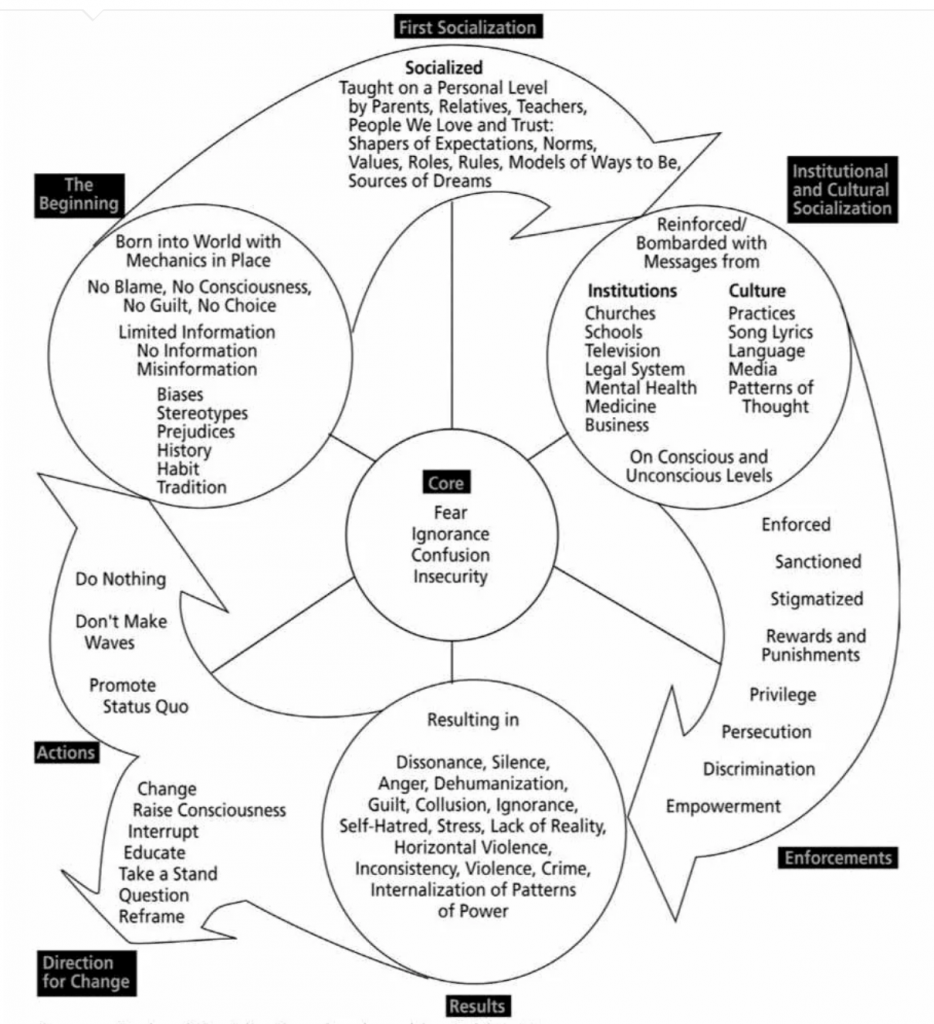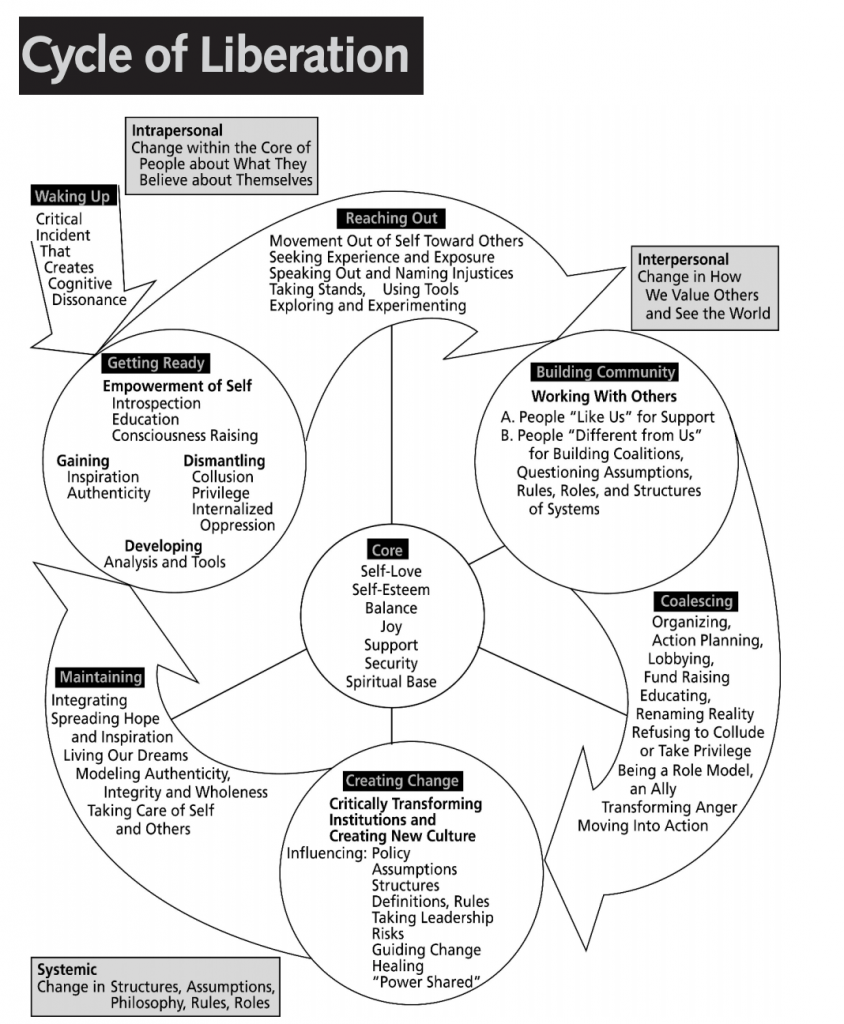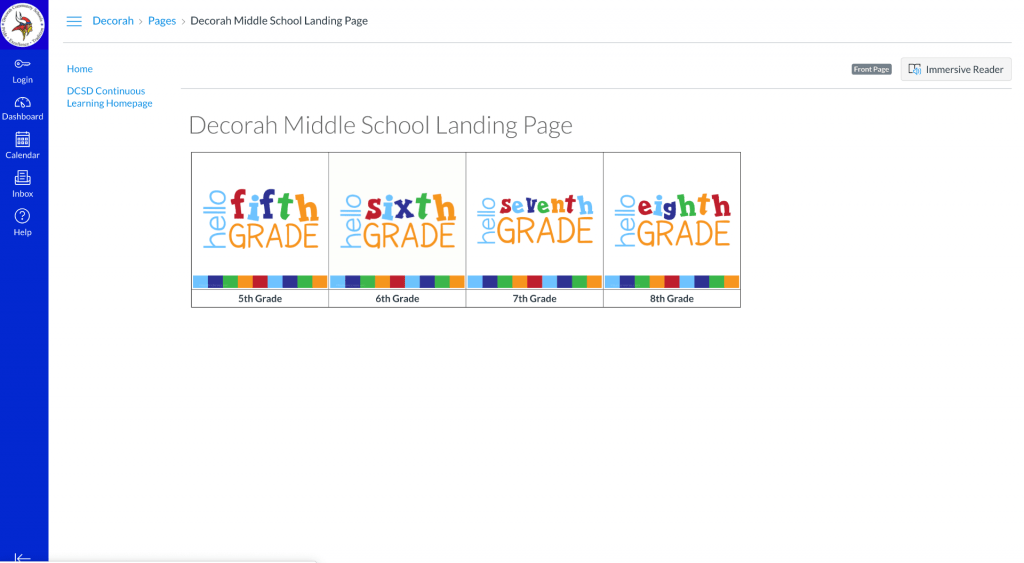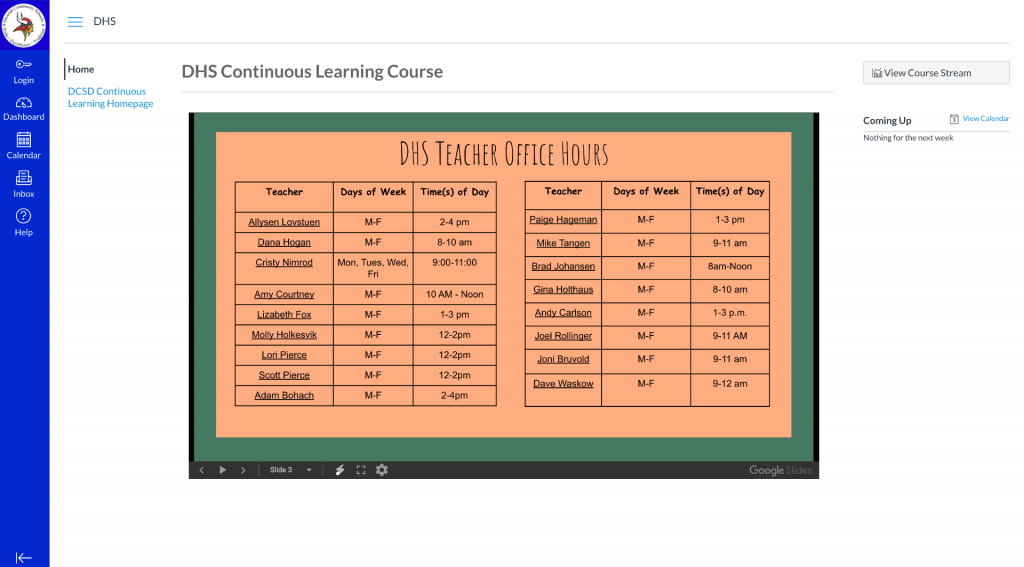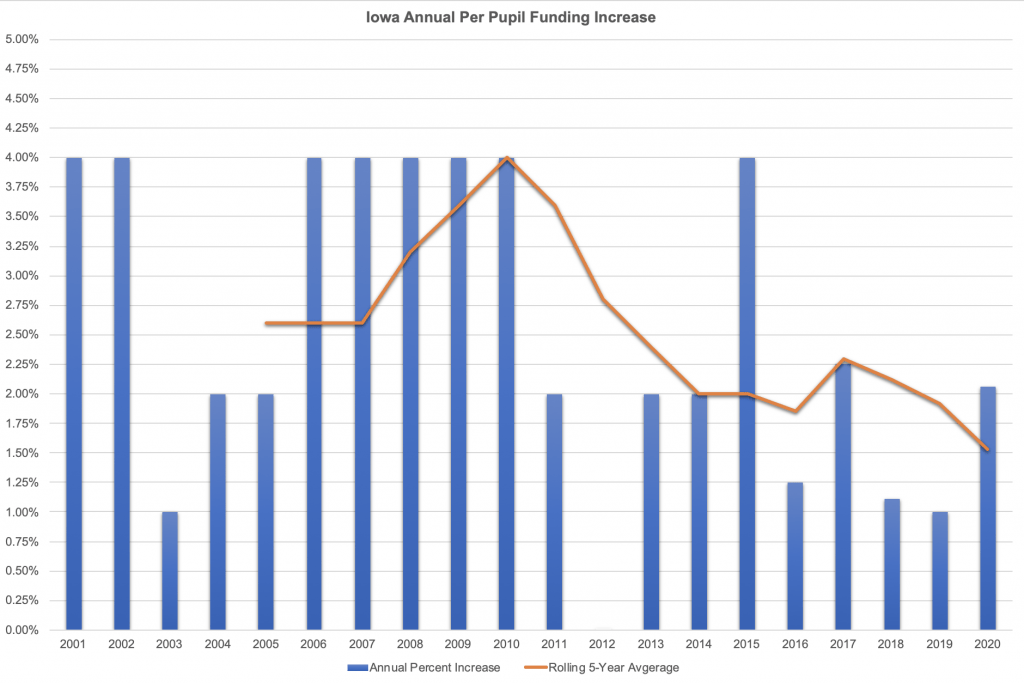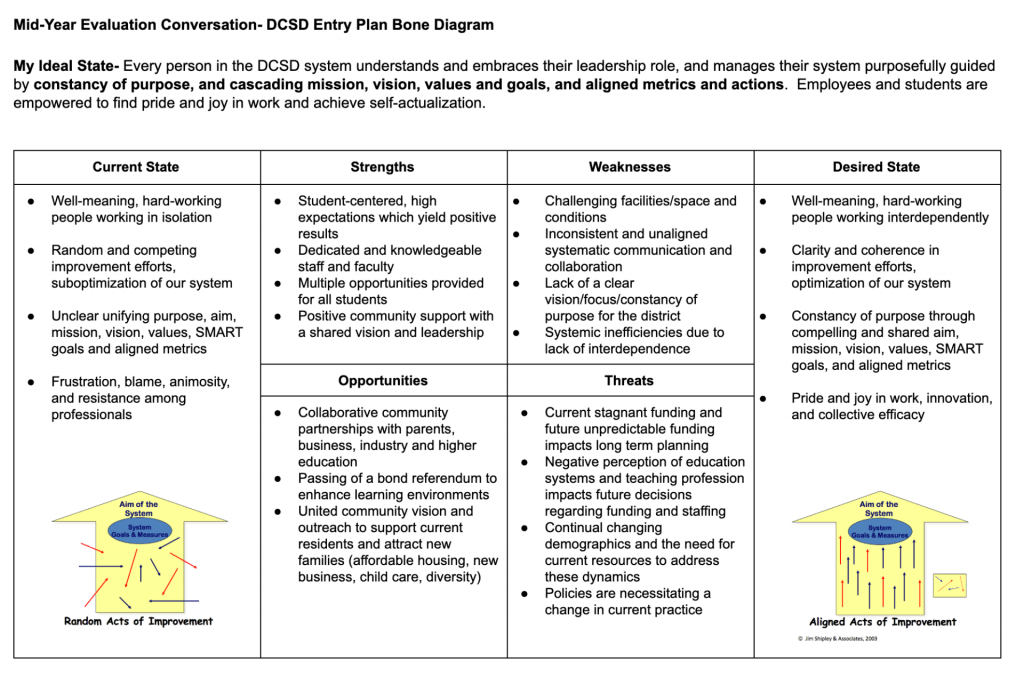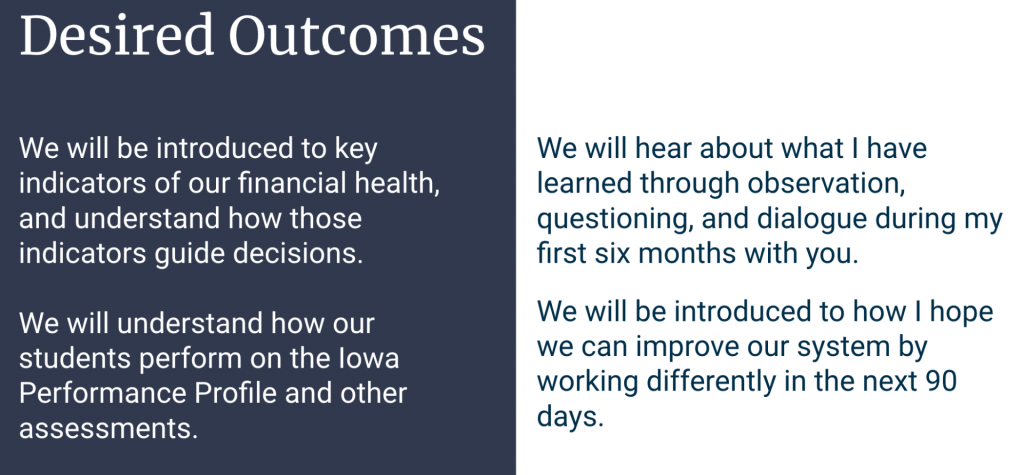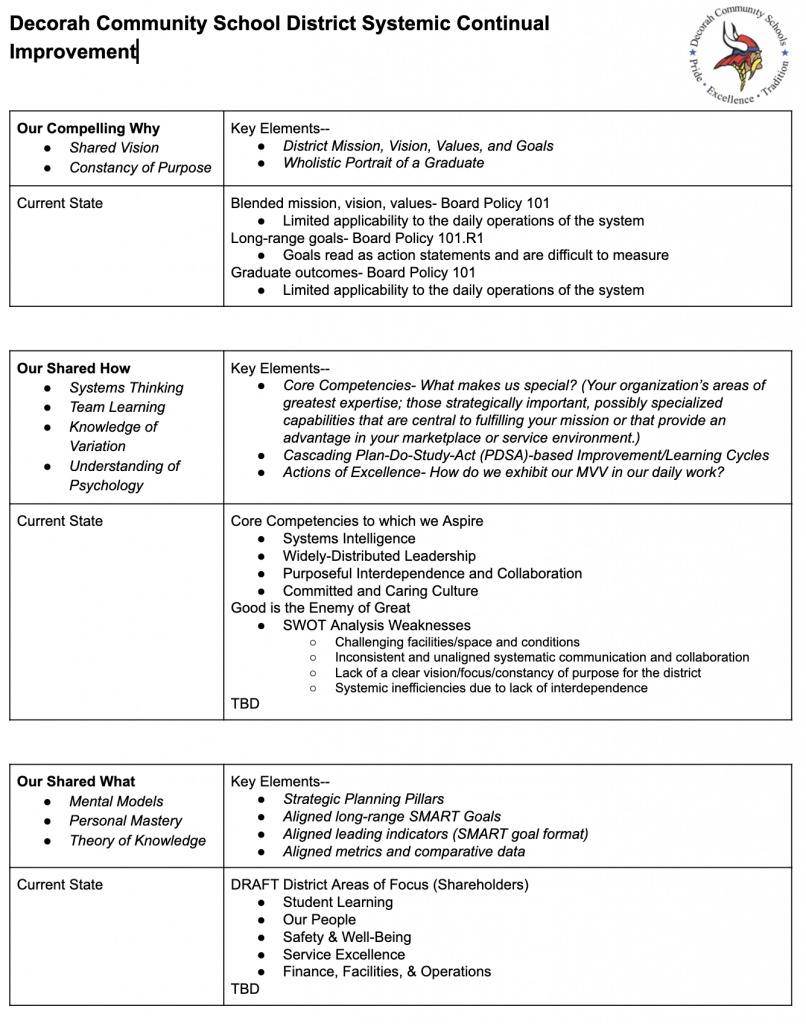Every year, Decorah Community School District has three to six teachers who are blessed with being pregnant during the school year. Those individuals continue to serve other children as they prepare to welcome their own children into the world. Our mask mandate was in place to give those teachers the peace of mind needed to do their job effectively.
We have staff who provide love and care to elderly parents. They work in close quarters with dozens and even hundreds of students and fellow staff each day and then act with love and care for their dependent family members in their personal life. Our mask mandate was in place to give those staff the comfort to serve others while still serving those they love most.
We have students who live with high-risk grandparents, parents, and family members. They spend every day surrounded by their peers on our buses, in our classrooms, and on our playgrounds. Then they go home and give hugs to those they love. They sit on the couch together and watch a movie, and at the dinner table talking and laughing. Our mask mandate was in place to give those students and families the opportunity to feel safe at school and safe at home.
My wife is currently battling cancer and is an employee of Decorah Schools. My 11-year-old son is a Type I diabetic and is a fifth-grader at Decorah Middle School. My 97-year-old grandmother lives in an assisted living facility. Perhaps these personal realities heighten my empathy for those who love people most at risk of serious issues if they become infected with COVID-19.
The Decorah Community School District mask mandate was never a measure intended to force people to protect themselves, it was a measure put in place to ensure the idea that we are a community of care was more than just words.
Today, that pregnant teacher is struggling to do their job. Today, that associate who cares for an elderly parent is less able to focus on work. Today, that student who lives with a grandparent with a heart condition is less able to learn. Today, I will worry about the choices of those who come into contact with my wife and son as they go to work and school.
The Centers for Disease Control (CDC) continue to clearly recommend individuals wear masks at school. When I cannot practice social distancing, I will continue to wear my mask for our teachers, employees, and students. I encourage everyone to demonstrate the same care for those around them.
 Last night, the Iowa Senate passed
Last night, the Iowa Senate passed 